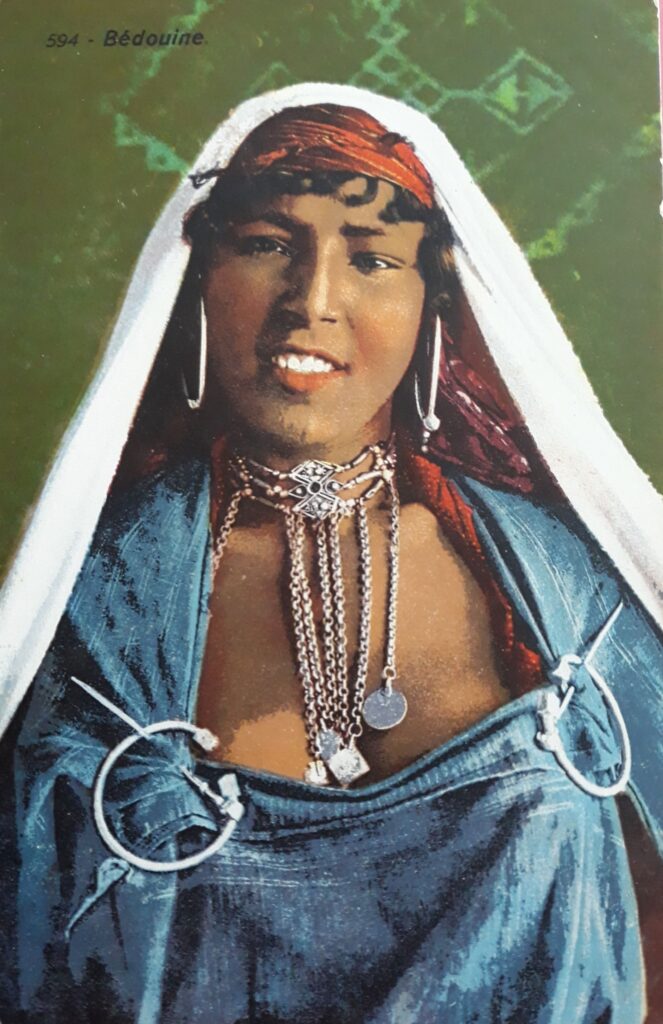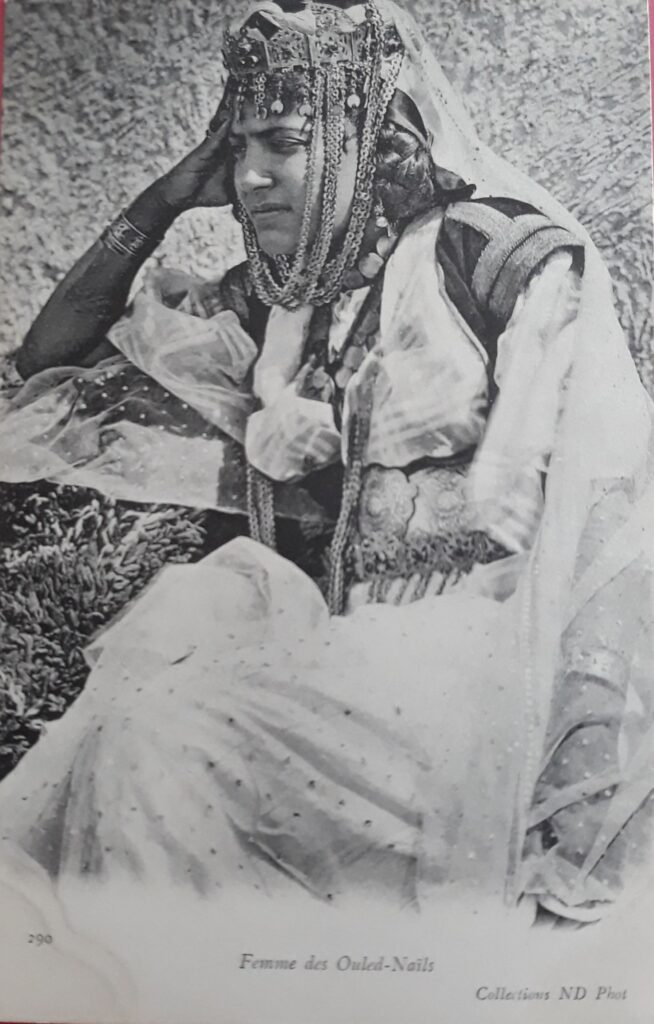

I wrote a short history of belly dance by way of introduction to new dancers or those becoming involved with the dance form for the first time. There are so many misconceptions about the art form. See the article here.
I mention Sol Bloom and the Ouled Nail in this piece and I was really excited when I came across an original newspaper article that refers to both the 1889 L’Exposition Universelle, the French World’s Fair, and the later Chicago Fair of 1893.
The article is very much of its time, superior and colonial in its tone, disparaging of the dancers.
The newspaper article shows how Oriental dance was presented to the West in the late 19th century. The legacy of these prejudices and misconceptions tainted flamenco and the styles that came to be know in the West as Belly Dance “Danse du Ventre.”
Of course there are many “belly dance” styles throughout the Mahgreb, the Gulf regions, Eastern Europe and now the USA and Britain but to those who have not been properly acquainted, they remain epitomised by “Carry On” films and anyone in a bedlah willing to shake and jiggle.

Flamenco also suffered for many years and has only recently been recognised as an artform of which Spain can be proud. I met a Spanish woman in Madrid who told me that her mother encouraged her to learn ballet, rather than the “dirty flamenco” practised by gitanas.
Thank goodness views on have flamenco have changed completely. We continue the struggle to present our dance as an artform.
The Sketch, Aug 14. 1895
The Ouled Nail Dancing Girls
The important French military station of Biskra, situated on the verge of the great desert of the Sahara, and marking the southern limit of civilisation, has, since the opening of the railway, become a popular winter resort.
In addition to a new large hotel, there is also a Cerle des Etrangers, or club, where the visitor can either try his fortune at the not very lucrative race-game known as petit chevaux, or there is baccarat and trente et quarante for those wanting a more serious form of gambling.
It was at one of the concerts provided by the management of the Biskra Club that we first saw the Ouled Nail, or dancing girl of the desert, who is indigenous to this part of Africa, and is to be found at the small Arab towns where the caravans trade with the merchants.
When young, the Ouled Nail is not bad-looking, but is always considered beautiful by the Arabs, and is extremely popular with all the nomads who inhabit the vast region which extends far south of the Algerian frontier.
The dancing of the Ouled Nail is of the kind which was seen in the Rue du Caire of the French Exhibition, and more recently at the Chicago Fair.
It can hardly be said to agree with out Western notions of propriety, and, in common with Eastern dancing generally, there is nothing about it which resembles what we are pleased to call the “Terpsichorean art.”
It is a slow movement of the feet, accompanied by gestures of the body and arms, also by the swaying and working of the body. The music played by the native orchestra is a most excruciating medley of sound, so a little of the performance goes a long way; but the Arabs watch every movement with rapt attention, and are most liberal with their gifts.
Our illustration shows the amount of ornaments worn by the girls. These are of massive silver, and from the head-dress and necklace a number of gold coins are suspended, among which we noticed a quantity of St George and the Dragon sovereigns, which seem to be the most popular coin of the realm, and command a premium. The total amount thus carried is often considerable, and enhances the popularity of the dancer.
The curious thing about the Ouled Nails is that they belong to one tribe inhabiting the south, and that after amassing sufficient money, they return to their native villages and buy a husband with the proceeds of their labours.
Apparently, no questions are asked by the gentlemen on who they bestow their affection permanently, and it is said they thereafter live happy and virtuous lives.
The quarter called the “Street of the Ouled Nails” is one of the most picturesque in Biskra. From sundown it is the great resort for the natives, who throng the streets; while every Arab coffee-house is crowded with guilty attired spectators, and the sound of the drum mingled with the ear piercing flute, is heard until the night is far advanced.
Notes
Terpsichorea – pertaining to dance
Terpsichorean – a dancer
1889 L’Exposition Universelle – the French World’s Fair, commemorated the Centennial of the French Revolution.
The Eiffel Tower, Edison’s Electricity Pavillion and “La Rue du Caire” drew millions of visitors to “The City of Lights” during the 6 months it was open. Those lights allowed people to visit after dark.
The scandalous “danse du ventre” by the “almees” was particularly enticing…
After the French Fair many faux almees appeared in French music halls
Almee (Dancing-girl, Arabic Almet “learned”): refers to an Indian woman who professes to improvise around singing and dancing at parties to the accompaniment of the flute, the castanets or cymbals.
This film of the Pricess Rajah (1904) was created in 2003 for the National Museum for Women in the Arts in Washington DC, for an exhibit about the women impressionist, Berthe Morisot, whose work was shown at the Fair.
The Chicago Tirbune, 1893
Dancing Masters Enter a Protest
It is no other than a slightly modified version of the orgy practised and known in Spain as the Chica, which was carried into that country by the Moors in the eleventh century and which was finally forbidden by edict.